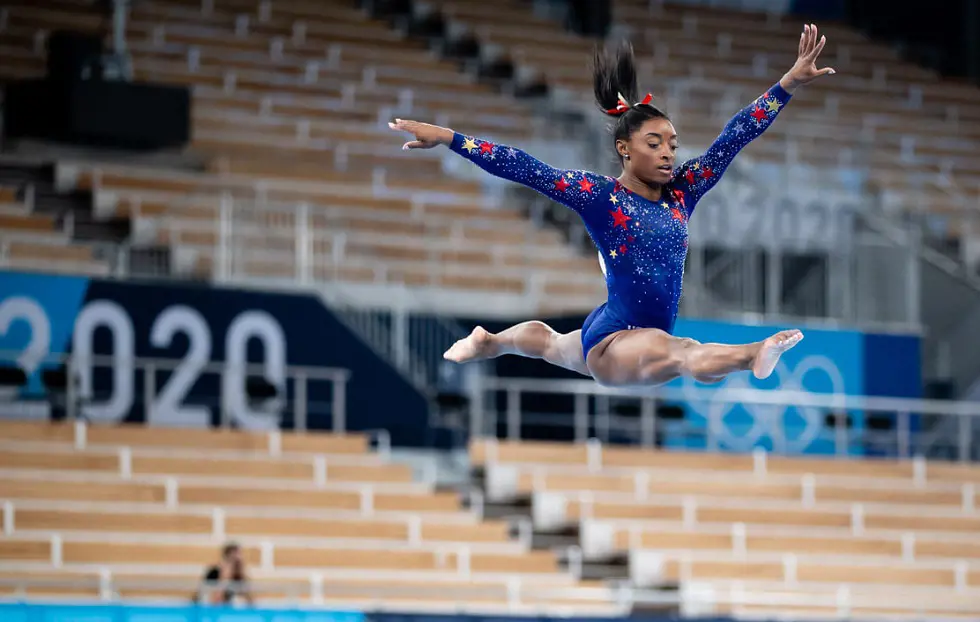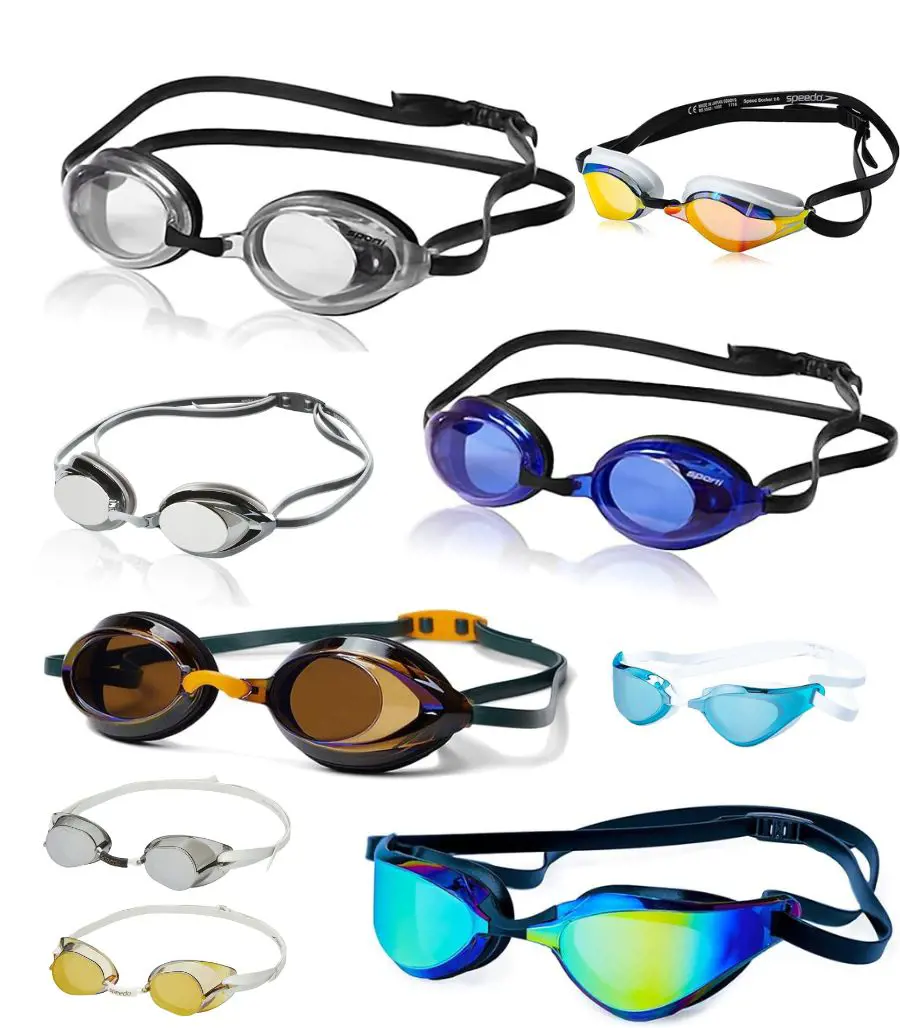Gymnastics is an enthralling sport that requires remarkable strength, flexibility, and coordination. It includes a variety of events that showcase a wide range of physical abilities and artistic expression.
The sport includes a variety of events, with some gymnasts dedicating years to mastering only one or two of them.
In recent years, the United States women's team has emerged as a dominant force, capturing back-to-back Olympic gold medals in Tokyo 2020 and Rio 2016.
Japan has always been a powerhouse in men's gymnastics as well as in all gymnastics events, with Kohei Uchimura leading them to Olympic gold in London in 2012 and Rio in 2016.
Memorable events include Simone Biles' electrifying comeback in the Tokyo 2020 team final and Simone Manuel's historic tie for gold in the vault in the Rio 2016 final, both of which displayed individual brilliance under team pressure.
Vault

In gymnastics, the vault is more than just a jump; it's a thrilling display of force, precision, and aerial elegance. It is one of the most popular artistic gymnastics and one of the USA gymnastics events.
Three types of vaults:
- Handspring Vaults: The most frequent type, relying on momentum and power from a handspring entry.
- Yurchenko Vaults: These are named after Natalia Yurchenko, a gymnast, and consist of a roundoff or flip onto the table followed by a vault element.
- Tsukahara Vaults: Named after gymnast Mitsue Tsukahara, these vaults begin with a handstand on the table.
Uneven Bars
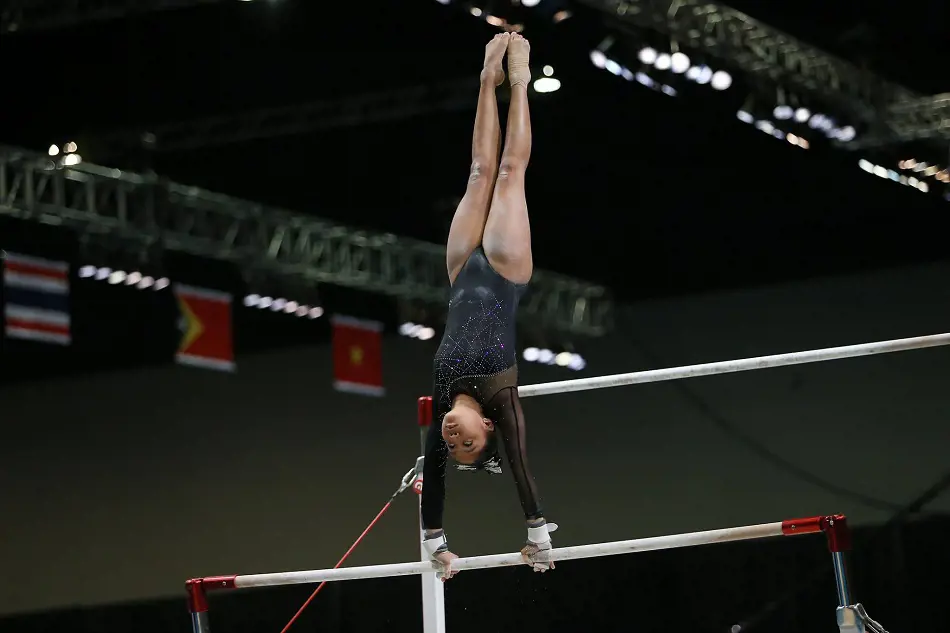
Uneven bars, also known as asymmetric bars, are an enthralling apparatus in artistic gymnastics, requiring a unique combination of strength, flexibility, coordination, and artistry. It is one of the individual events gymnastics Olympics.
Gymnasts navigate two bars of varying heights, making them into a stage for an acrobatic and elegant exhibition.
The Bars:
- The high bar, positioned at 2.4 meters, gives a platform for powerful swings, releases, and aerial movements.
- The low bar, standing at 1.6 meters, allows for intricate handstands, pirouettes, as well as connections between elements.
Scoring the Uneven Bars:
Judges assess routines based on:
- Difficulty: The complexity of skills, connections, and releases plays a major role in the score.
- Execution: Technique, precision, and control during every element are important for high marks.
- Penalties: deductions are given for falls, wobbles, or incomplete elements.
Balance Beam

The balancing beam may appear unassuming, with its small 4-inch-wide, 10-foot-long surface positioned 4 feet from the ground. It is, however, a stage for an amazing blend of balance, power, flexibility, and artistry for artistic gymnasts.
Skills on the Beam:
- Dance elements: Leaps, jumps, turns, and pirouettes add grace and fluidity to the routine.
- Acrobatic elements: Cartwheels, handstands, walkovers, and aerials showcase strength and balance.
- Connection elements: Seamless transitions between elements create a dynamic flow.
Gymnasts are tested physically and mentally on the balance beam. Every step, turn, and balance aspect needs unshakable focus, control, and confidence.
It is one of the most popular events in Olympic gymnastics.
Floor Exercise
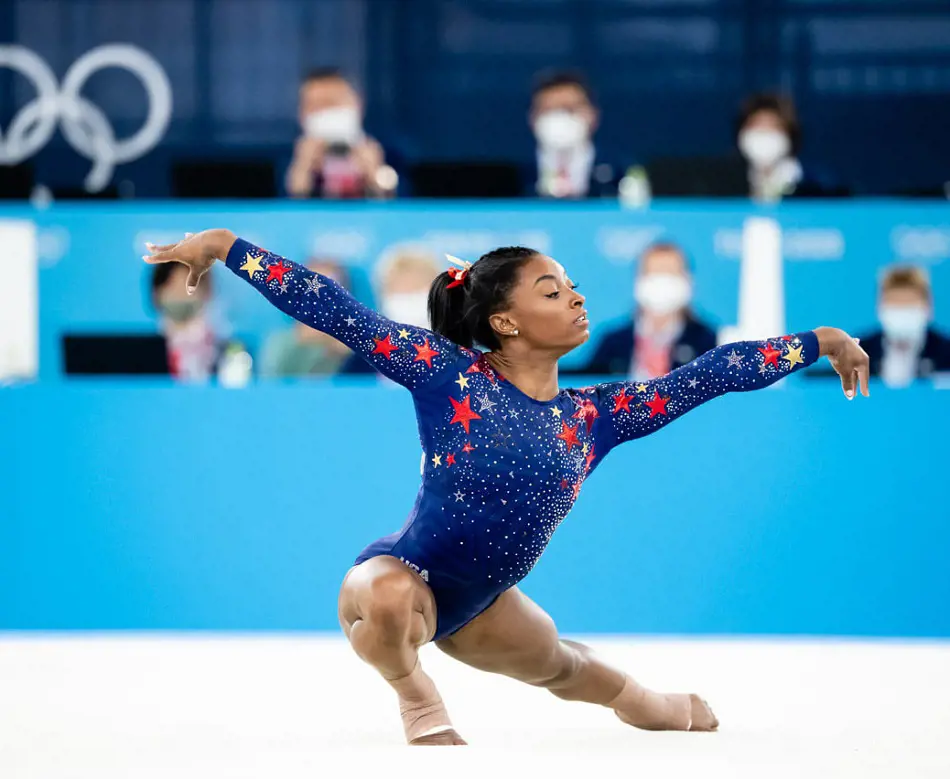
Floor exercise distinguishes out as a riveting blend of power, artistry, and athleticism in the dynamic world of gymnastics. Unlike apparatus such as bars or beams, the floor becomes a limitless canvas on which gymnasts express themselves through a dynamic blend of dance, acrobatics, and music.
Components of a Floor Routine:
- Dance elements: Leaps, turns, jumps, and footwork add grace and rhythm to the routine.
- Connection elements: Seamless transitions between elements create a dynamic flow and increase difficulty.
- Choreography: The routine tells a story through movement, incorporating unique combinations and artistic expression.
- Musicality: Gymnasts interpret and synchronize their movements with the chosen music, enhancing the overall presentation.
In the floor exercise event, gymnasts perform a planned routine for up to 90 seconds. It is one of the popular women gymnastics events.
Parallel Bars

The parallel bars are a thrilling test of upper body strength, dramatic swings, and gravity-defying releases for men in artistic gymnastics.
These sleek wooden bars, spaced 4.8 feet apart and nearly head-high, serve as a playground for gymnasts to demonstrate their strength, coordination, and aerial flair.
The parallel bars are more than just a piece of apparatus; they serve as an extension of the gymnast's strength and agility. Gymnasts use them as a springboard for aerial feats, defying gravity with tremendous swings, daring releases, and dazzling control.
A top-level parallel bars routine is like watching a symphony of force, flow, and artistry develop in mid-air, leaving fans in awe of the athletes' physical talent and unshakable dedication.
Zou Jingyuan amazed audiences with his intricate connections, high-flying releases, and explosive power, earning him Olympic gold.
Horizontal Bar
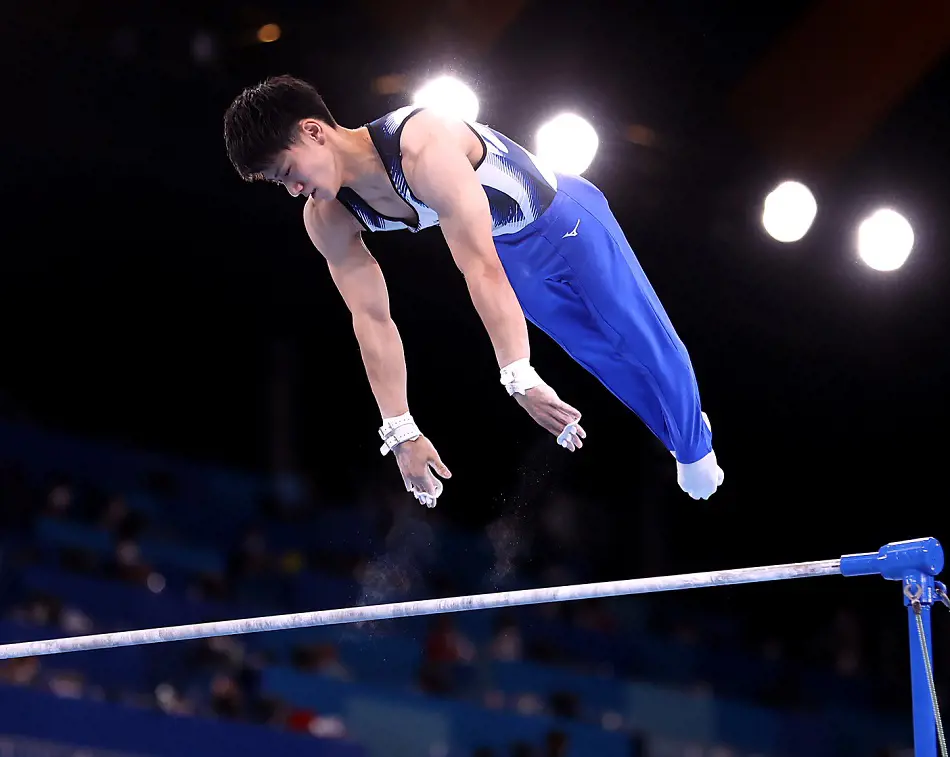
The horizontal bar, often known as the high bar, is the pinnacle of men's artistic gymnastics, requiring superhuman strength, aerial awareness, and magnificent releases.
The High Bar:
- A steel bar suspended 2.8 meters above the ground, demands immense upper body strength and spatial awareness.
- Gymnasts utilize the bar for swings, handstands, and dynamic releases, pushing the boundaries of human control and defying gravity.
Leather grips are typically utilized to aid in the retention of a hold on the bar and to avoid tears. Straps are frequently utilized during training for this event to guarantee that the gymnast does not fall off the bar while learning new feats.
Male gymnasts, like women, are judged on all of their events, including execution, degree of difficulty, and overall presentation abilities.
Pommel Horse
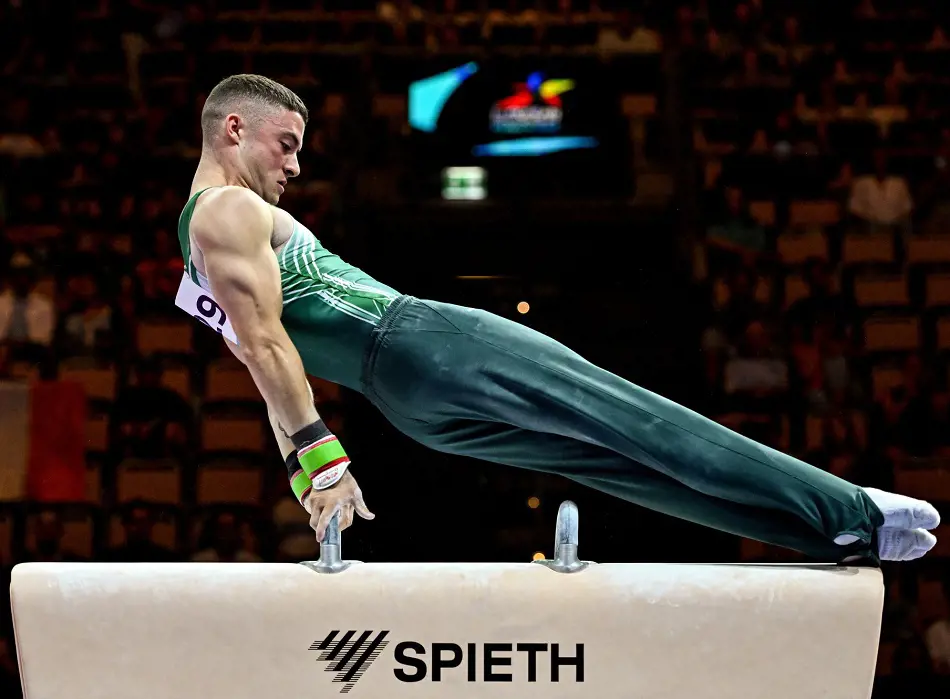
In men's artistic gymnastics, the pommel horse, a deceptively basic wooden cylinder hanging 1.15 meters high, requires a particular blend of elegance and strength.
Skills on the Pommel Horse:
- Circles: Gymnasts perform continuous leg circles around the horse, both forwards and backward, demanding balance and core strength.
- Scissors: Legs crisscross in a scissor motion over and under the horse, requiring agility and coordination.
- Flares: High kicks extend outwards from the horse, showcasing flexibility and control.
- Handstands: Static handstands on the pommel horse require immense upper-body strength and balance.
- Travel elements: Gymnasts move along the entire length of the horse, incorporating transitions between circles, scissors, and flares.
Still Rings
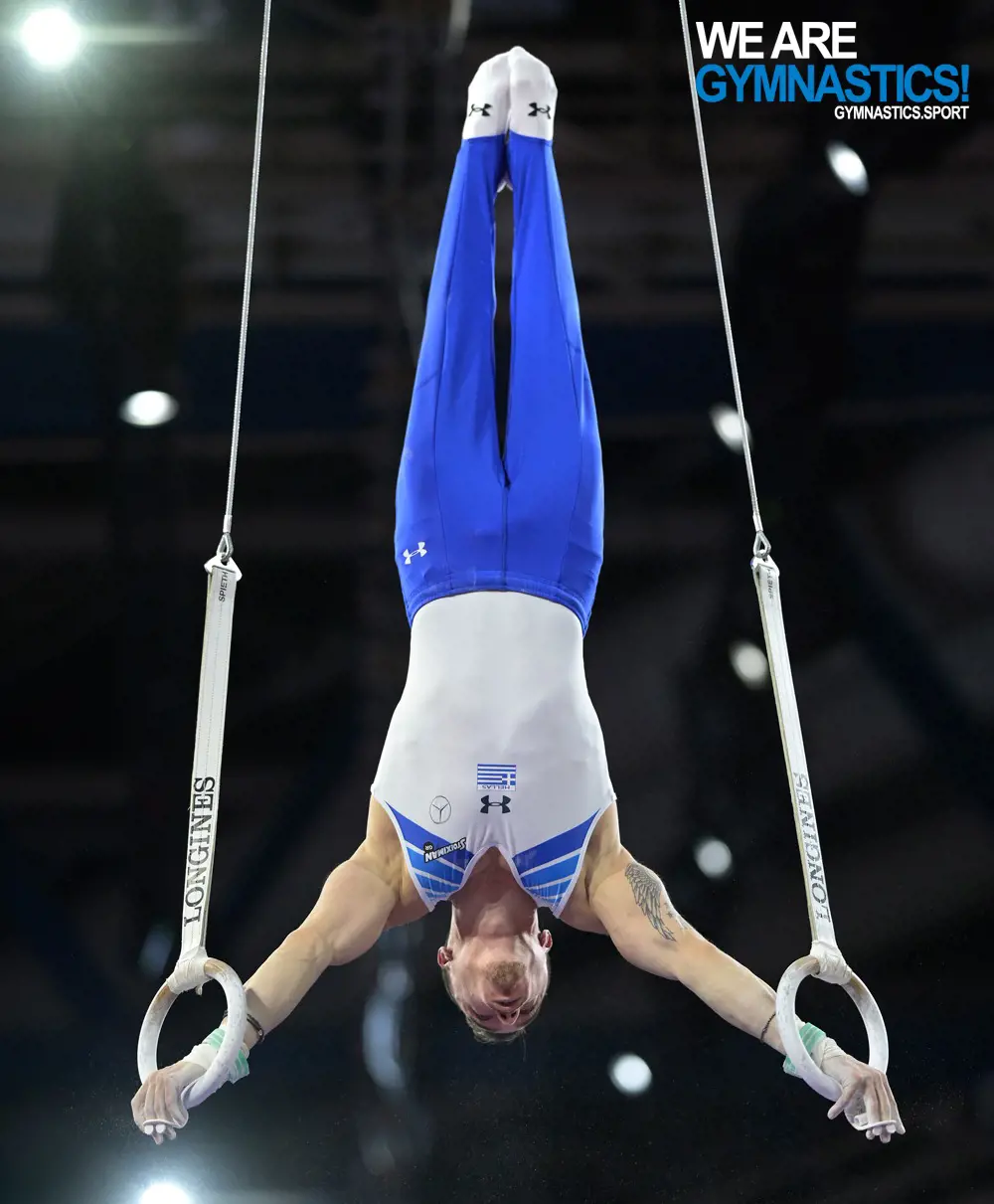
The still rings, sometimes known as rings, are a captivating apparatus in artistic gymnastics that requires a unique combination of upper body power, grip, and control.
Unlike swinging rings used in other sports, these rings are fixed; suspended from the ceiling, and serve as a playground for gymnasts to show off their agility and artistry in a static setting.
Skills on the Still Rings:
- Static holds: Gymnasts maintain challenging handstands, crosses, and inverted positions on the rings, requiring immense strength and balance.
- Connections: Seamless transitions between static holds and dynamic elements create a fluid and dynamic routine.
- Grip: Mastering the unique grip on the rings is crucial for performing all elements with precision and control.
Individual All-Around
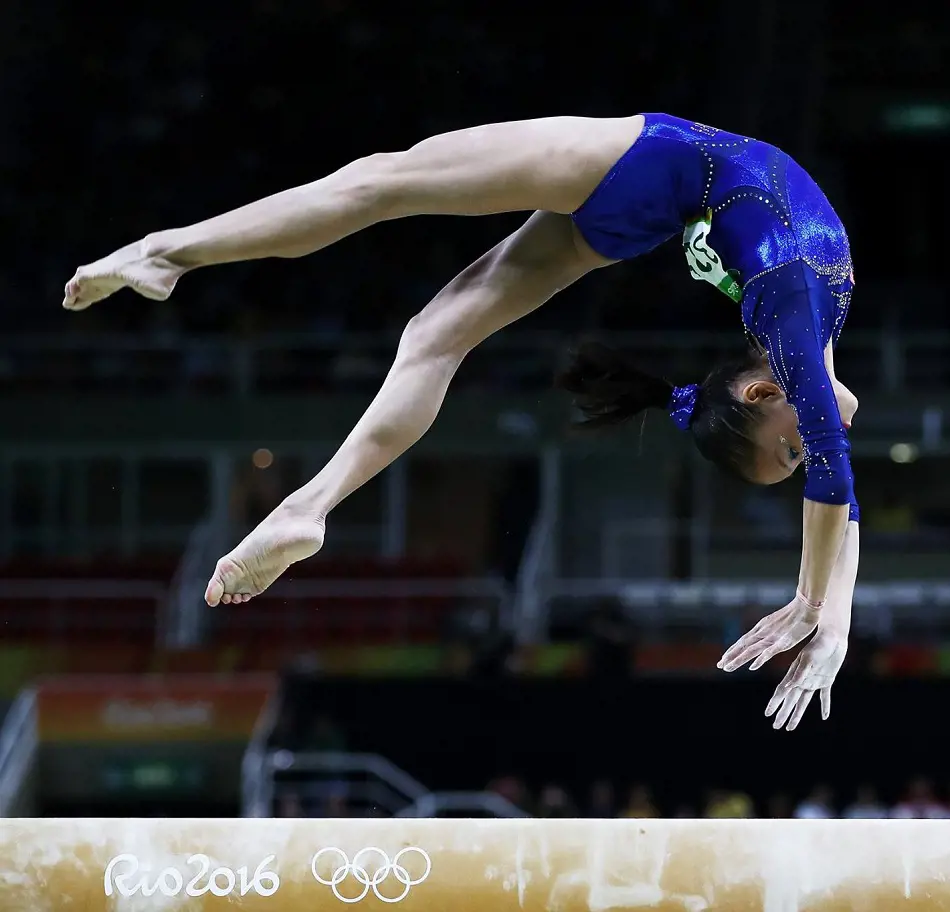
The all-around is the pinnacle of gymnastics skill and a superb demonstration of a genuinely accomplished gymnast. The event consists of a combination of every event on this list that is appropriate for the gymnast's gender.
Each gymnast will perform on every piece of apparatus, and each performance will be scored as this is one of the gymnastics individual events.
With a little difference in equipment, this event can be accomplished by both men and women.
What makes it special is Gymnasts must excel in a variety of disciplines that require strength, flexibility, agility, and coordination across several apparatuses.
Likewise, a top score requires consistent high-level performance across all rounds. A single blunder might have a huge impact on the entire rating.
Team Competition

The team competition is the only gymnastics event in which more than one participant represents a "team." Each team within the team competition is not mixed, therefore all participants are of the same gender.
In the team competition, four gymnasts competed; however, in the Olympics, five gymnasts competed. Only three individuals from each team of four will participate in each apparatus.
The ultimate score will be the aggregate of 18 separate scores, three from each apparatus, and the winning team will be the team with the greatest score.


